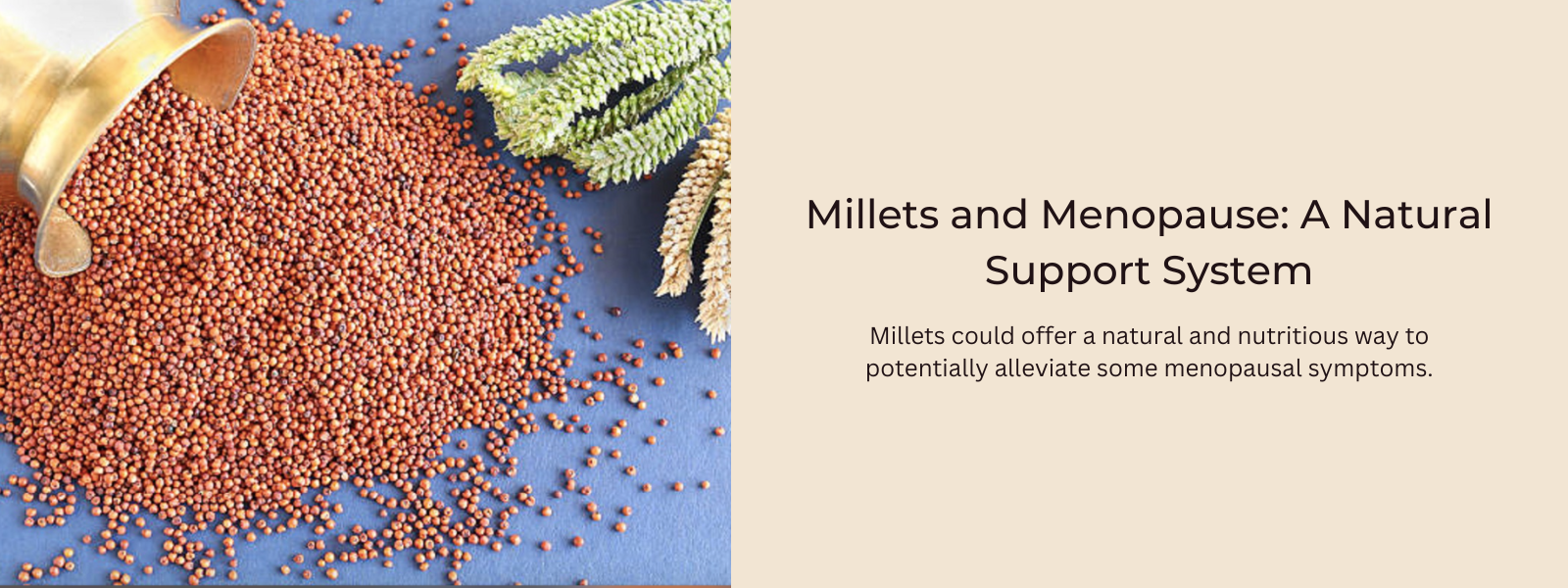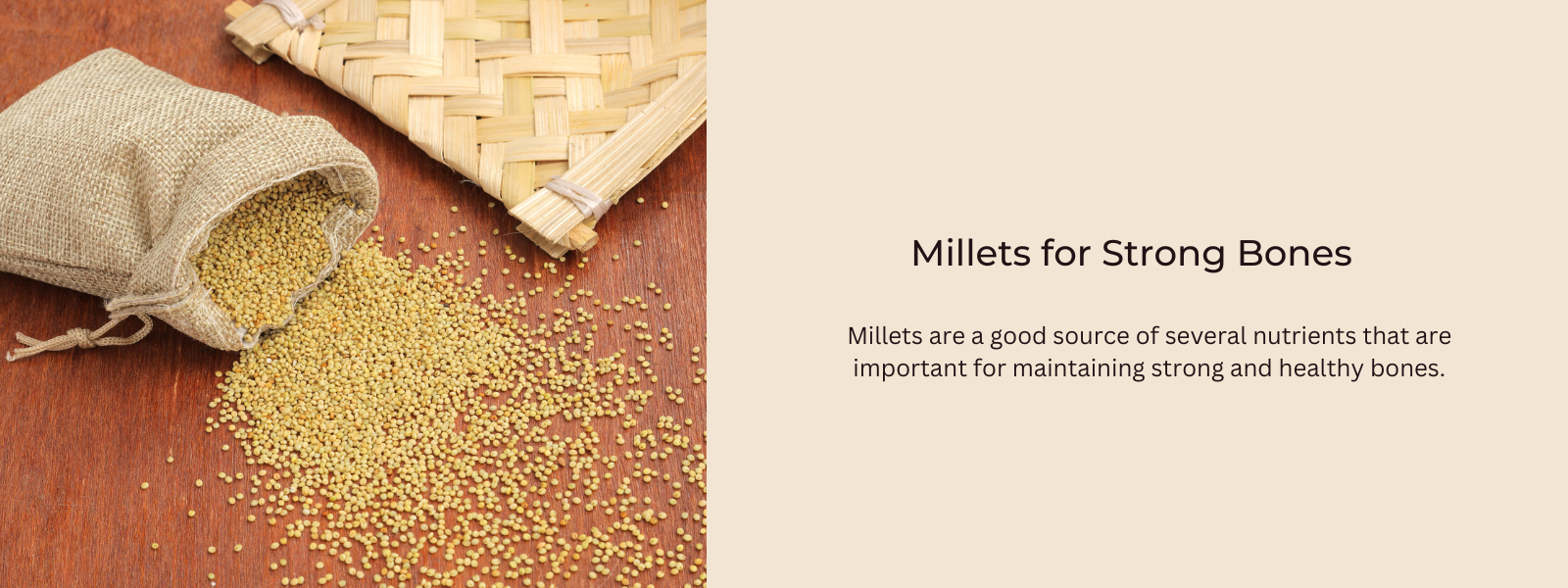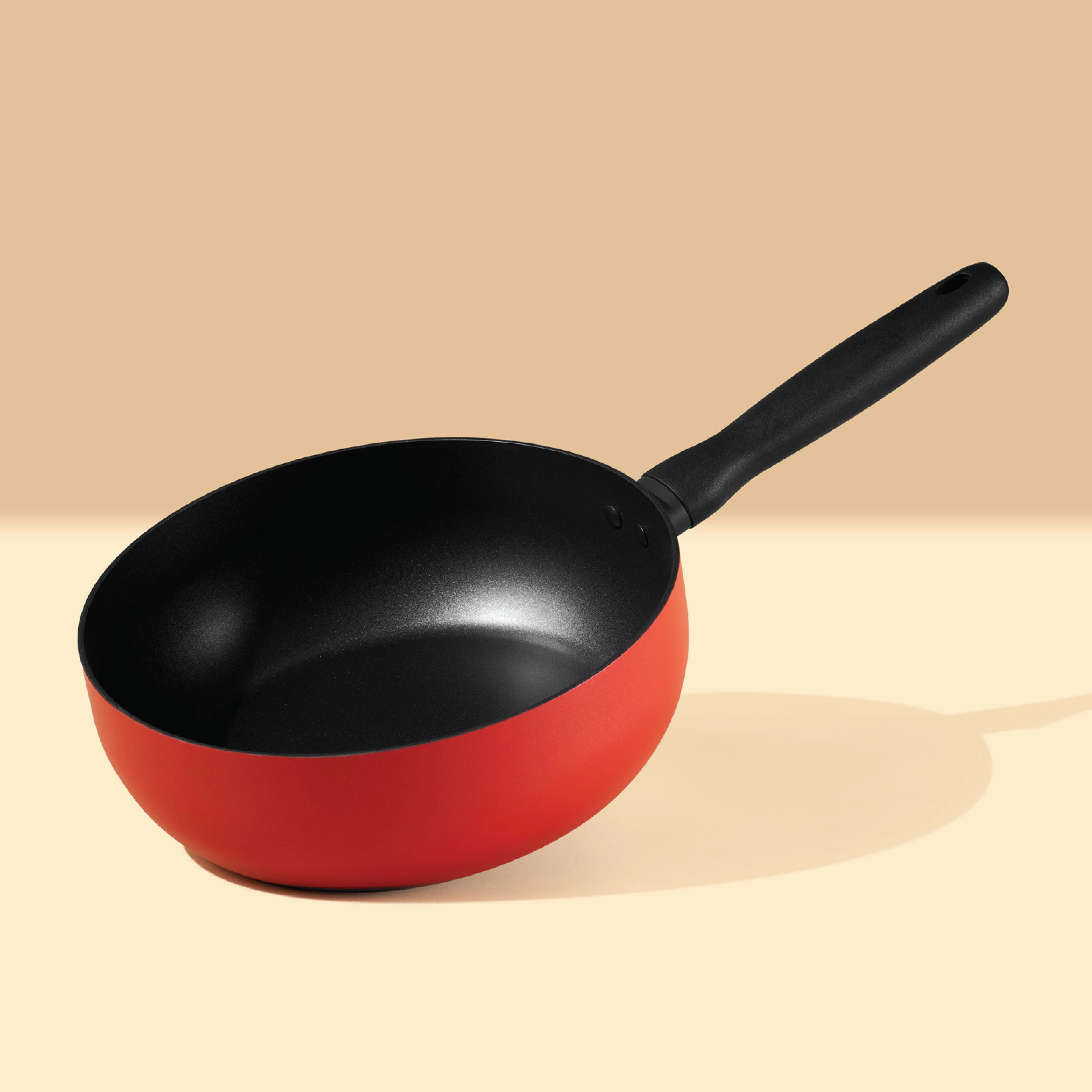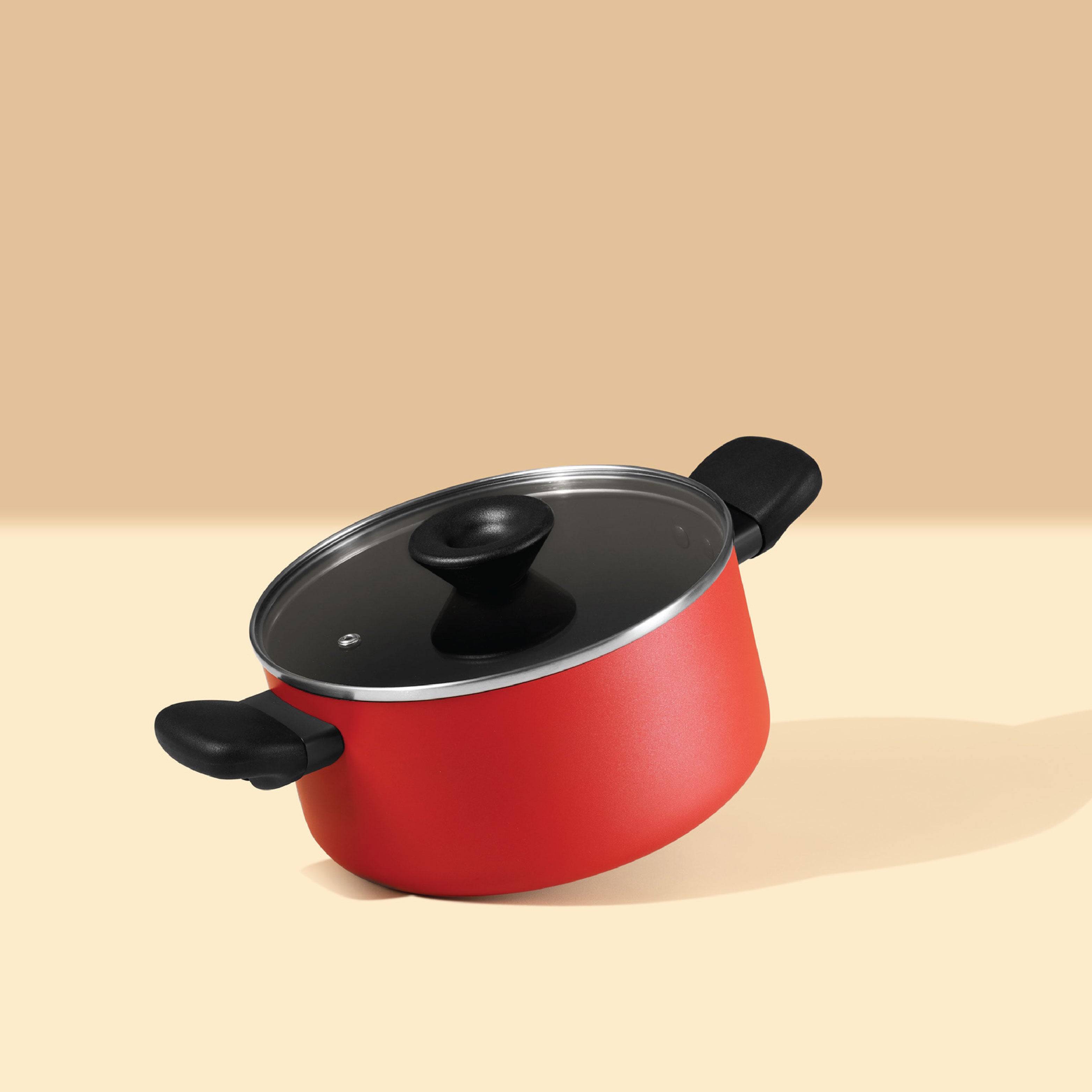Millets, owing to their nutritional composition, can contribute to the body's natural detoxification processes, although they do not possess direct detoxifying properties on their own.
Table of Contents
Can Millet Support In Detoxification?
Here's how millets can aid in the detoxification process:
- High in Fiber: Millets contain both soluble and insoluble fibers that promote regular bowel movements and aid in flushing out toxins and waste from the body. Adequate fiber intake helps in maintaining a healthy digestive system, which is essential for efficient toxin removal.
- Nutrient Density: Millets are rich in essential nutrients such as vitamins, minerals, and antioxidants. These nutrients support various bodily functions and help neutralize harmful substances, contributing indirectly to the body's detoxification mechanisms.
- Hydration Support: Millets contain water and contribute to overall hydration. Staying adequately hydrated is crucial for flushing out toxins through urine and sweat, facilitating the body's natural detox processes.
- Alkalizing Effect: Some millets have alkalizing effects on the body, potentially helping to balance pH levels. An optimal pH balance supports the body's detoxification pathways.
-
Liver Support: Certain millets may have hepatoprotective properties, potentially supporting the liver's function in eliminating toxins from the body.
Does Millet Aid In Cleansing Your Body?
Millets can be incorporated into your diet in various ways to support detoxification and cleansing. Here are some tips:
- Replace Refined Grains: Substitute refined grains like white rice or wheat flour with different millets such as foxtail millet, pearl millet, or sorghum (jowar). Use millets in dishes like khichdi, pilafs, or as a side dish instead of refined grains for added fiber and nutrients.
- Include Millet Porridge: Prepare porridge using millets like finger millet (ragi) or foxtail millet. Cook millet porridge with water or plant-based milk and add fruits, nuts, or seeds for added nutrients and flavor.
- Millets in Salads: Incorporate cooked millets into salads for a nutrient boost. Mix cooled millets with vegetables, herbs, and a healthy dressing for a refreshing salad.
- Millet Soups and Stews: Use millets in soups or stews as a replacement for pasta or rice. They add texture, nutrients, and fiber to your meal.
- Baking with Millet Flour: Utilize millet flour in baking. Mix it with other gluten-free flours to make bread, pancakes, or muffins, providing additional nutrients and fiber compared to refined flour.
- Millet Breakfast Bowls: Create breakfast bowls with cooked millets as the base. Add fruits, nuts, seeds, and a source of protein like yogurt or nut butter for a nutritious and filling breakfast.
-
Hydration with Millet-Based Drinks: Prepare beverages like ragi malt or foxtail millet-based drinks, which are popular in certain cuisines, as a nutritious and hydrating option.
How To Include Millets Into Your Diet To Support Detoxification?
Millets can be incorporated into your diet in various ways to support detoxification and cleansing. Here are some tips:
- Replace Refined Grains: Substitute refined grains like white rice or wheat flour with different millets such as foxtail millet, pearl millet, or sorghum (jowar). Use millets in dishes like khichdi, pilafs, or as a side dish instead of refined grains for added fiber and nutrients.
- Include Millet Porridge: Prepare porridge using millets like finger millet (ragi) or foxtail millet. Cook millet porridge with water or plant-based milk and add fruits, nuts, or seeds for added nutrients and flavor.
- Millets in Salads: Incorporate cooked millets into salads for a nutrient boost. Mix cooled millets with vegetables, herbs, and a healthy dressing for a refreshing salad.
- Millet Soups and Stews: Use millets in soups or stews as a replacement for pasta or rice. They add texture, nutrients, and fiber to your meal.
- Baking with Millet Flour: Utilize millet flour in baking. Mix it with other gluten-free flours to make bread, pancakes, or muffins, providing additional nutrients and fiber compared to refined flour.
- Millet Breakfast Bowls: Create breakfast bowls with cooked millets as the base. Add fruits, nuts, seeds, and a source of protein like yogurt or nut butter for a nutritious and filling breakfast.
- Hydration with Millet-Based Drinks: Prepare beverages like ragi malt or foxtail millet-based drinks, which are popular in certain cuisines, as a nutritious and hydrating option.
Conclusion:
When incorporating millets into your diet for detoxification and cleansing, remember to maintain variety, balance, and moderation. Ensure you drink plenty of water to aid in the detoxification process and support healthy digestion.











Leave a comment